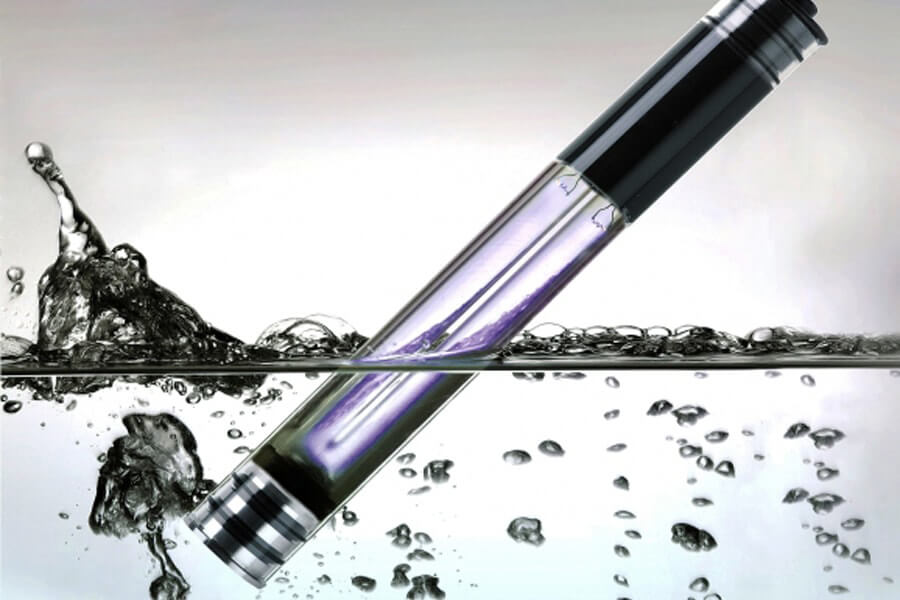The development of our civilization has always been accompanied by diseases and terrible epidemics that destroyed entire nations. Throughout the history of mankind, people have been looking for different ways to avoid various infectious diseases caused by microbes and viruses. Recent advances in science have contributed to a significant reduction of these diseases. One of the main methods of disinfection is the use of ultraviolet irradiation, the so-called bactericidal filtration.
The history of UV irradiation as a method of bacterial destruction is more than 100 years old. The ability of UV irradiation to destroy bacteria was first discovered in 1877. The basics of UV technology were presented in the beginning of the 20th century after the creation of gas-discharge lamps with mercury vapor in 1901, and their placement in a quartz casing to eliminate the impact of temperature changes. The influence of intensity and time of irradiation on the degree of decontamination, as well as restrictions related to water transparency were determined. In 1910, the first UV Water Purifier plants were launched in Germany and France.
In the United States the interest in UV has increased in the late 1970s as a result of the search for alternatives to chlorination. First of all, it was connected with the problems of sewage water disinfection. The need has led to substantial scientific research and investment in the further development of this technology. All of this has made it possible to look at the problems of disinfection in water treatment from a new perspective and to seriously consider the possibility of widespread use of UV irradiation at drinking water purification plants.
Nowadays, there is a new tendency to completely or partially replace chlorination by UV irradiation. Moreover, since ultraviolet does not form by-products of reaction, its dose can be increased to the values that provide epidemiological safety from bacteria and viruses. UV radiation has an impact on viruses much more effectively than chlorine. For example, the use of ultraviolet (UV) water purifiers in a preparation of drinking water allows to address the problem of the removal of hepatitis A viruses, which is not always solved with traditional chlorination technology.
As you can see, ultraviolet water purification is one the most effective methods for disinfecting bacteria from the water. Ultraviolet (UV) rays penetrate dangerous pathogens in your tap water and kill illness-causing microorganisms.
At WPS, we are proud to offer a wide range of ultraviolet (UV) water purifiers for all of your needs and budget. You can get an additional layer of protection for the water you consume. Call us today to get a free quote.


Home & Office Water Coolers
Vertex PWC-400 Counter Top Low Profile water cooler
Home & Office Water Coolers
Vertex PWC-8000 Premium Ice & Water Dispenser
Filtration Systems By Contaminants
3 Stage Water softener with Fleck 5800 LXT Upflow/Downflow Control Valve
Services
Residential Reverse Osmosis System Installation (Service)
Home & Office Water Coolers
Vertex PWC-1010 Room and Cold Bottle-less Water Cooler